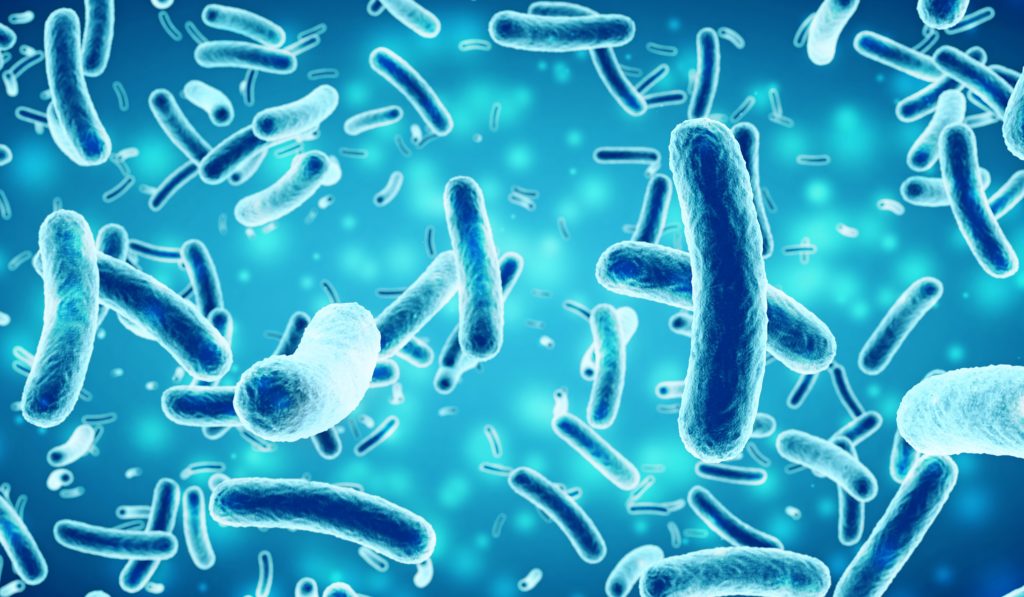Our best friends are the bacteria living inside us

Did you know that trillions of bugs live in our bodies, most of them in our gut?
In fact we are host to more bacteria than we have cells in our body – you could even say that we are more bacteria than human. These bugs are our best friends as they play critical roles in our health and wellbeing.
What is the human microbiome?
Recent years have seen an explosion of research on the human microbiome – smelly work as much of it involves taking poo samples from people. This new awareness has delivered a whole new perspective on toilet talk. When you look at someone’s poo through a microscope you will see millions of little organisms: mostly bacteria, as well as some other microbes like viruses, protozoas, yeasts and fungi. These microbes make up what is collectively known as the microbiome.
With increasingly sophisticated new technologies, large scale projects like the Human Microbiome Project have been able to analyse thousands of human samples to identify different species of the 100 trillion microbes that inhabit our body – mostly in our intestines but also in our mouth, on our skin, in our lungs – and compare similarities and differences between people who are healthy and people with various diseases. Studies with ‘germ-free’ mice have shown what happens when we don’t have any of these microbes, and, believe it or not, poo has been transplanted to investigate the health effects when microbes are transferred between animals or people.
Not so long ago, researchers mapped our genetic makeup in the Human Genome Project. They were surprised (and humbled) to discover that we only have about 20,000 genes – about the same as a fruit fly. With increased awareness and understanding of the human microbiome we now know our microbes carry around 6 million genes. Therefore it appears these microbes enable us to have the complex systems and function that makes us human. Mapping of the microbiome has identified several hundreds of different species. CLICK HERE to read more.
Published in Health & PE, Vol 1, issue 2, pp.8-14, Warringal Publications.

